By bike among the birds
29 June, 2018
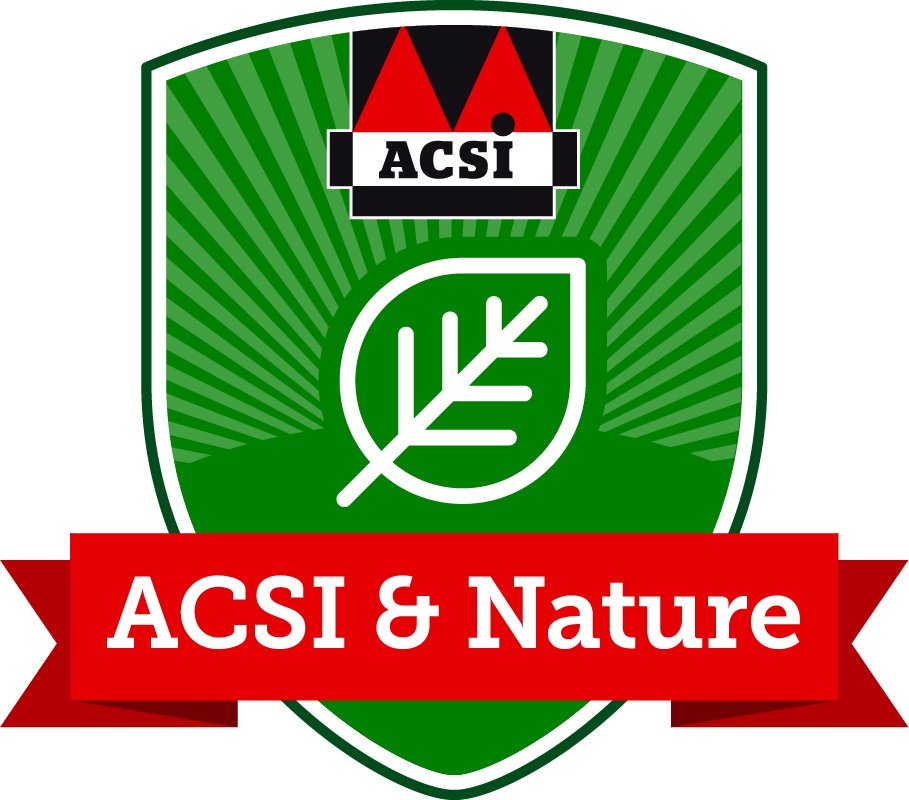 When you talk about the Camargue, you think of wild horses and bulls. But the extensive marshes, dunes and rice fields are primarily the habitat for thousands of birds, some more colourful than others. And you’ll probably get to see them at their best on a bike.
When you talk about the Camargue, you think of wild horses and bulls. But the extensive marshes, dunes and rice fields are primarily the habitat for thousands of birds, some more colourful than others. And you’ll probably get to see them at their best on a bike.
Reading time: about. 7 minutes
It’s still early in the morning with a wonderful sea breeze in our backs as we cycle along La Digue, the unpaved sea dike from Saintes-Maries-de-la Mer. On the right a deep blue Mediterranean with white sandy beaches, still deserted at this time of year. To our left the Camargue with its ponds and marshes stretches as far as the eye can see. The sun ensures a comfortable temperature. How much better can it get?
This is not a cycle path for racing on ahead. La Digue is a sort of bird boulevard. Every fifty metres we stop and get out our binoculars. The flamingos are certainly the most impressive as they wade in small groups in the shallow water. These exotic long-legged ladies bend their long necks to fish the lobsters and shrimps from the water with their bulbous beaks. The Camargue has the only breeding colony in France which can number up to15,000 pairs in a good year. Flamingos are abundant and you’re guaranteed to come across them if you stay in the Camargue.
Water and wings of flame
Groups of flamingos regularly fly overhead. The birds fly back and forth from the breeding colonies and the marshes in search of food. We’re familiar with flamingos mostly from bird parks and zoos; sluggish, boring birds that often stand on one leg all day while dozing. It’s totally different here. Flying flamingos can almost cause you to fall off your bike in surprise. The normal light pink birds transform into dark red wings of flame. And that’s exactly what the scientific name Phoenicopterus roseus means; wings of flame.
It’s now getting unpleasantly warm. That’s one drawback of this cycle route; even in the spring temperatures can reach 30°C. Cycling in the shade is not an option as there are no trees in the fields or beside the roads. There are a few things you need to take care of before you leave the campsite. Standard equipment includes a cap or sunhat, sunglasses, sunscreen, plenty of drinking water and, depending on the time of year, mosquito repellent. There are very few places to eat and drink along the way, so take some supplies with you. And last but not least, or as they say in French enfin et surtout, take your binoculars.
Avocet’s mud bath
You’ll get a lot of pleasure from this optical aid. You’ll see all sorts of waders are scurrying about between the man-size flamingos. With your guidebook in your hand (so take one along with you) we can recognise elegant black and white avocets which scoop fish and insects out of the water with their long curved beaks. The common shelducks that we can see a bit further away also have their own way of getting food. They use their bright red flat duck bills like a bulldozer through the mud to find nice juicy meal. How beautiful these shelducks are with their dark green head, bright red beak, white neck and body, with a warm chestnut brown chest. It’s incredible how the mostly white avocets and shelducks stay so impeccably white when they’re nearly always in the mud. These birds come into their own in this subtropical climate.
Our finishing point for this cycle tour is the Phare de la Gacholle, 12 kilometres further on. You get really wonderful views of the surrounding area from this lighthouse. There are two possibilities from here; return by the same route or continue ahead towards Saint Bernard and cycle back by the Étang de Vaccarès. The route around this large lake which is a landmark of the Camargue is about 50 kilometres in length. With the speed that we are sticking to this can easily take you two days. And because the cycle paths are not always easy to negotiate, an (electric) mountain bike is probably a better idea.
Saintes-Maries-de-la Mer
So we turn around and if we don’t make too many bird watching stops we’ll be back in Saintes-Maries-de-la Mer in time for lunch. Despite having only 2500 inhabitants this delightful town can call itself the ‘capital’ of the Camargue. It has been an important pilgrim centre for Roma people since the twelfth century. An unusual pilgrimage takes place here every year on 24 and 25 May when Roma communities from all over of Europe come back to worship their patron saint Sarah.
Saintes-Maries-de-la Mer attracts many tourists at all times of the year. Many come to visit the pilgrims’ church or for the bullfighting shows that are still performed in the arena. Saintes-Maries-de-la Mer is a real resort with a fashionable boulevard, attractive beaches for sunbathing and numerous small bars and restaurants. You can also go on round trips from here, explore the Camargue on horseback or rent a bike. There are a number of campsites close by which make an ideal base for exploring the Camargue. Bear in mind that you are in the tourist heart of the Camargue where it will be busy, especially in high season. We settled for the quieter Crin Blanc campsite close to Saint-Gilles on the northern side of the Camargue.
Tree frogs next to the caravan
In addition to spacious pitches for caravans, Crin Blanc campsite has the essential swimming pool for the (grand)children and an excellent restaurant. It’s very quiet in April and May – the most interesting time for bird watching in the Camargue. An extra attraction at the campsite is the large number of tree frogs. You will mostly hear the tree frog chorus around your caravan in the evening or at night, but also during the day. They congregate in the hawthorn hedge at the car park next to the entrance. The small green tree frogs like to hide in the brambles and can sit there without moving for hours. It might take a bit of searching to find them at first, but when you’ve managed that and you know what to look out for, it will be easy to find the little creatures.
By car, bike or on foot, the Camargue invites itself to be explored in many ways. Don’t forget to take a bike rack for your car. You drive the first 25 kilometres to a completely different part of the Camargue, after which you can cycle through a whole new world. With a good map to hand you can discover cycle and hiking paths and numerous quiet country roads. Avoid the busier roads on your bike, some French drivers like to think they are Lewis Hamilton.
Rice with birds
From our campsite at Saint-Gilles it’s just a short drive through the rice fields. It’s interesting to see how the network of irrigation ditches connects dry and submerged areas with each other. Water has been the magic word in the Camargue for centuries. The area can thank the River Rhône for its very existence. This starts at the large Rhône glacier near the Furka Pass in Switzerland. From there it flows in a south-westerly direction for 800 kilometres. The busy Route du Soleil motorway (A7) follows the course of the river for a considerable distance. The river divides into the Grand-Rhône and the Petit- Rhône at Arles. The Camargue is located in the triangular delta between these two rivers. This guarantees a constant source of water.
There is plenty of food that birds can find in the submerged fields where the rice is almost ripe or has just been harvested. Black-winged stilts wade through the water on their unbelievably long legs, a heron forages secretly at water’s edge or a group of black ibises appear to be asleep. That’s until the birds decide that you’re getting too close and take to the wing in their masses. You will get a good impression of the rice culture and its birds in the Musée de la Camargue near Mas du Pont Rousty. A nature reserve stretches out behind the museum’s visitor centre and many native Camargue birds live here. Kingfishers fish in the irrigation channels and colourful bee-eaters hunt for dragonflies. Cattle egrets stay around the horses and sheep because they know that they hunt for locusts and other delicacies when they roam across the low vegetation.
Parc Ornithologique
Completely different to this is the Parc Ornithologique Pont de Gau, located bedside the
D 570 north of Saintes-Maries-de-la-Mer. Pont de Gau is indeed a bird park, but nearly all the birds live here in complete freedom, with only a few species being kept in cages. Most birds fly in and out the park freely but feel safe here because they will not be hunted. For example the flamingos are fed here twice a day. Around meal time they fly in from all directions to pick up a snack.
The park is home to a large heron colony with blue herons, small egrets, the grey heron and black-crowned heron. These birds also live in total liberty. This 60 hectare area is characterised by its ponds and marshes – a miniature Camargue. This is an excellent opportunity for nature and bird photography. Don’t be surprised if you come face-to-face with a giant coypu or beaver rat. It’s not a rat and it’s not a beaver. These animals which are the size of a small dog are completely harmless and only eat plants.
It’s clear that the Camargue has a lot to offer nature and bird lovers. How about rounding off the day in one of the delightful street cafes in the shade of a plane tree, in a square in the South of France?
Camping near the Camargue?
If you want to stay informed with more tips and inspiration about the countryside and camping, sign up for our newsletter and have the chance of winning a wonderful prize.


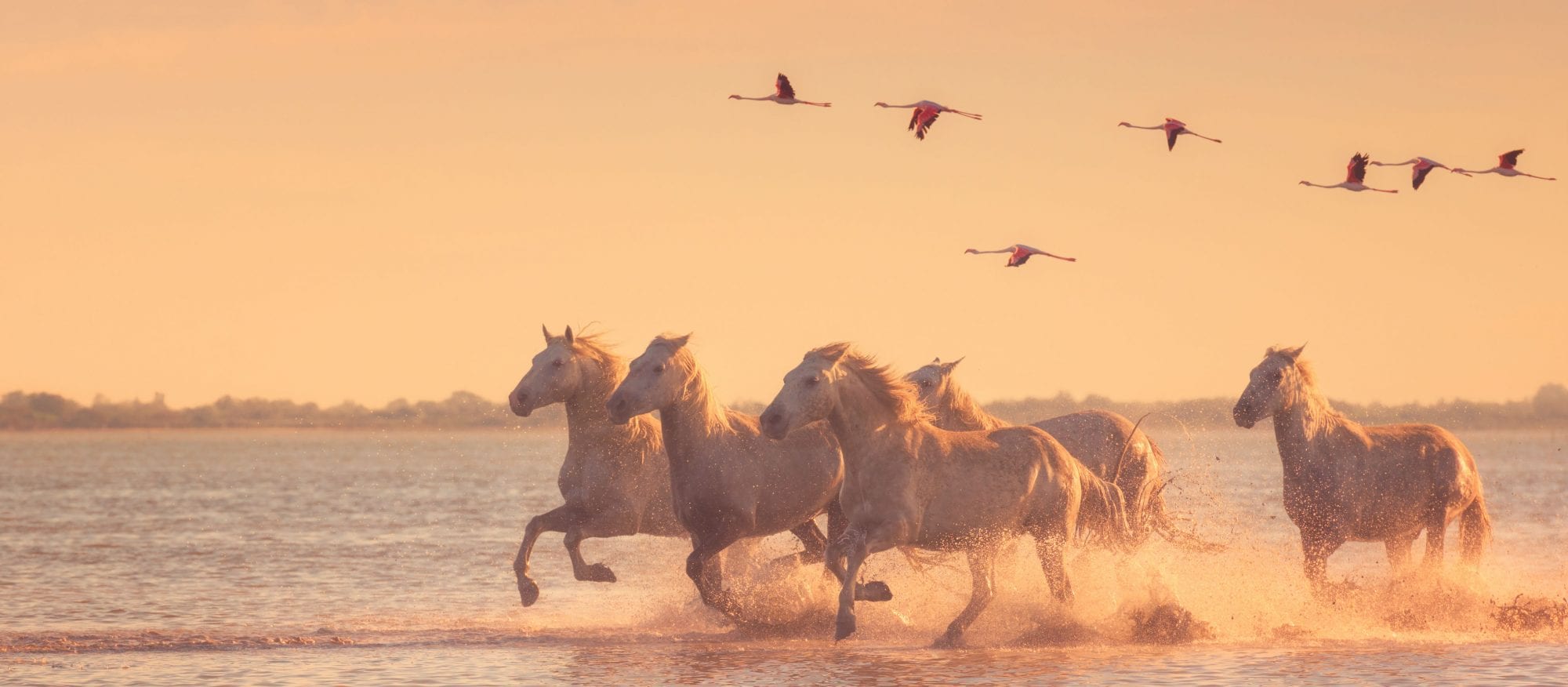
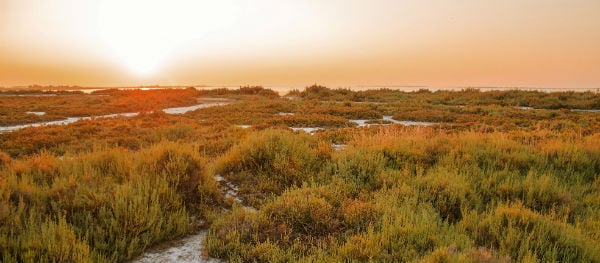
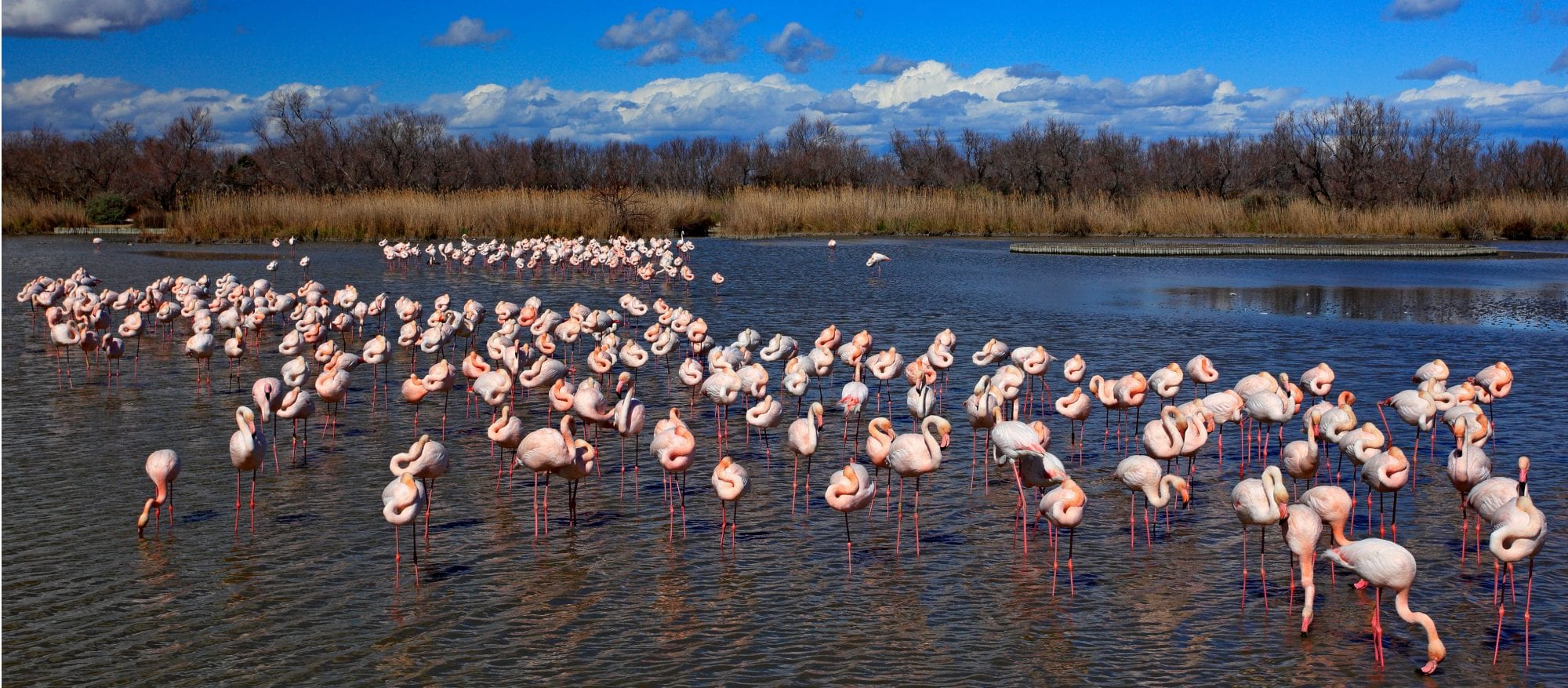
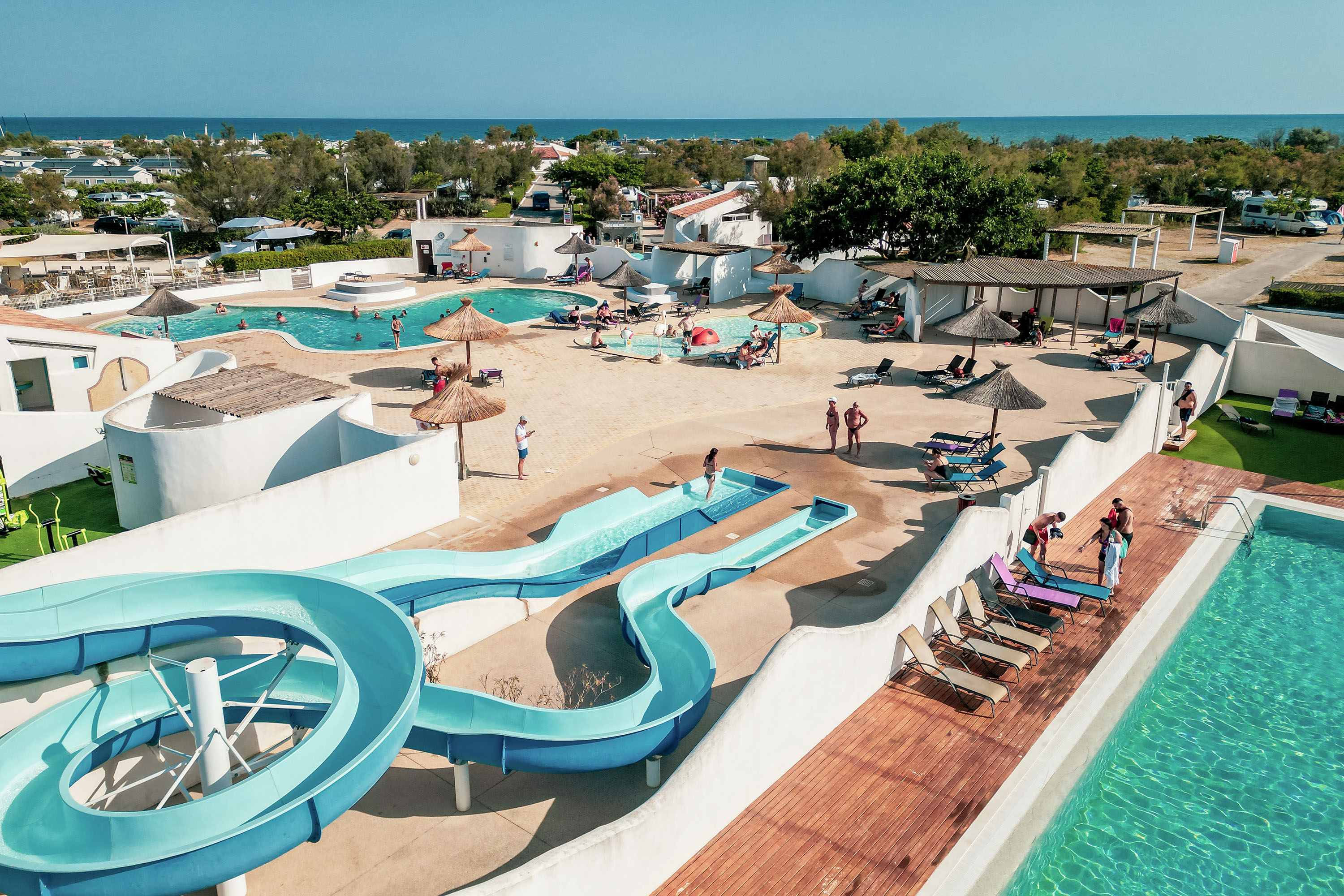
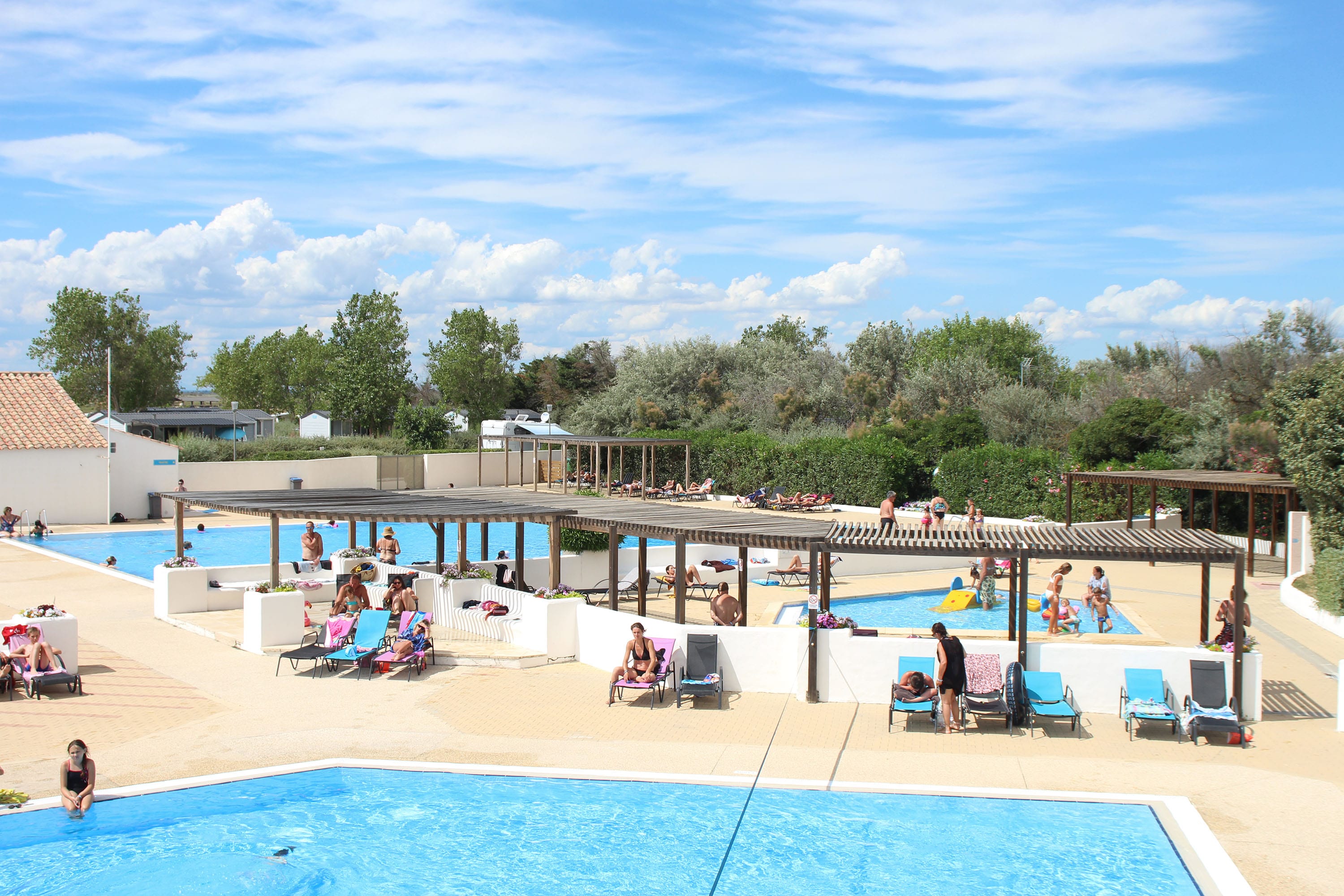
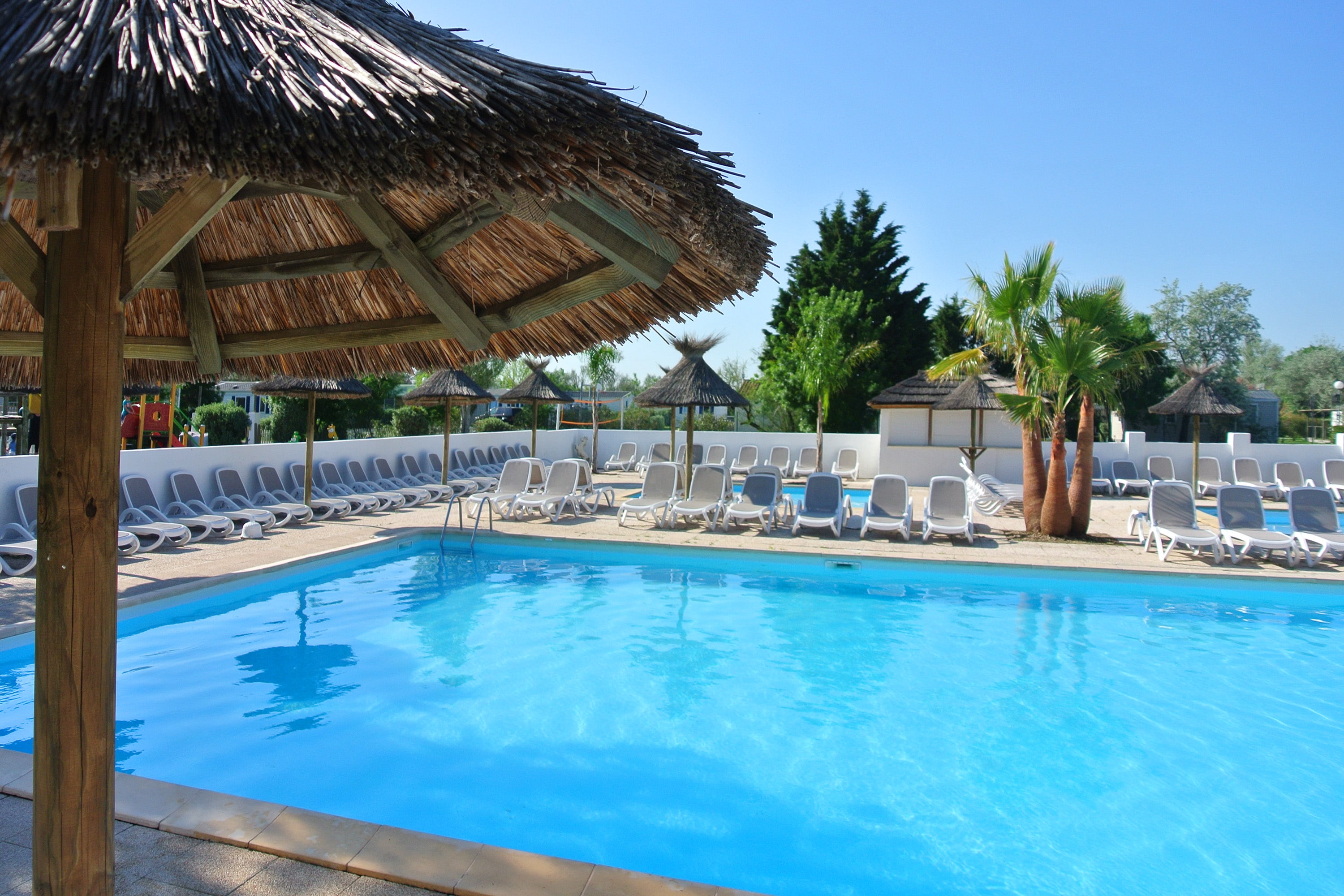
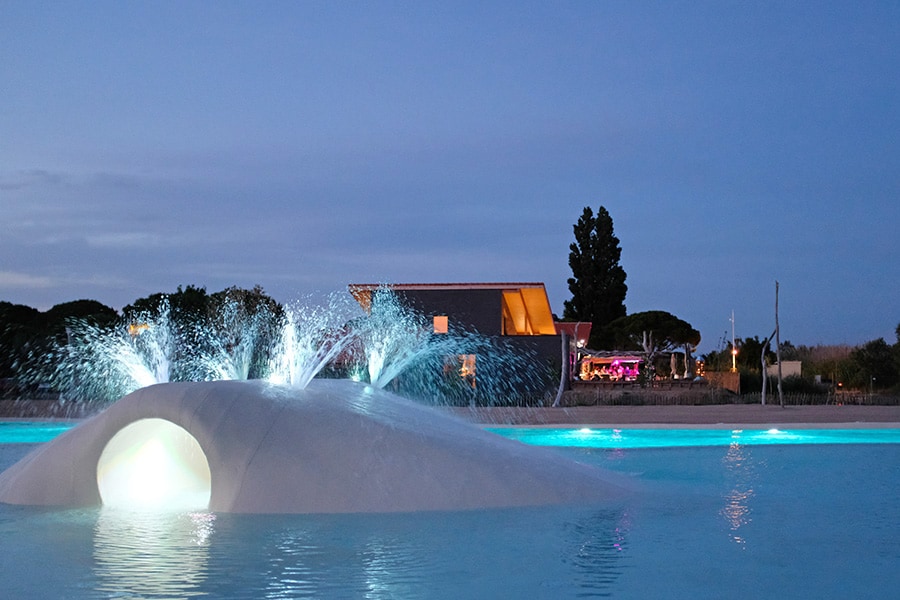
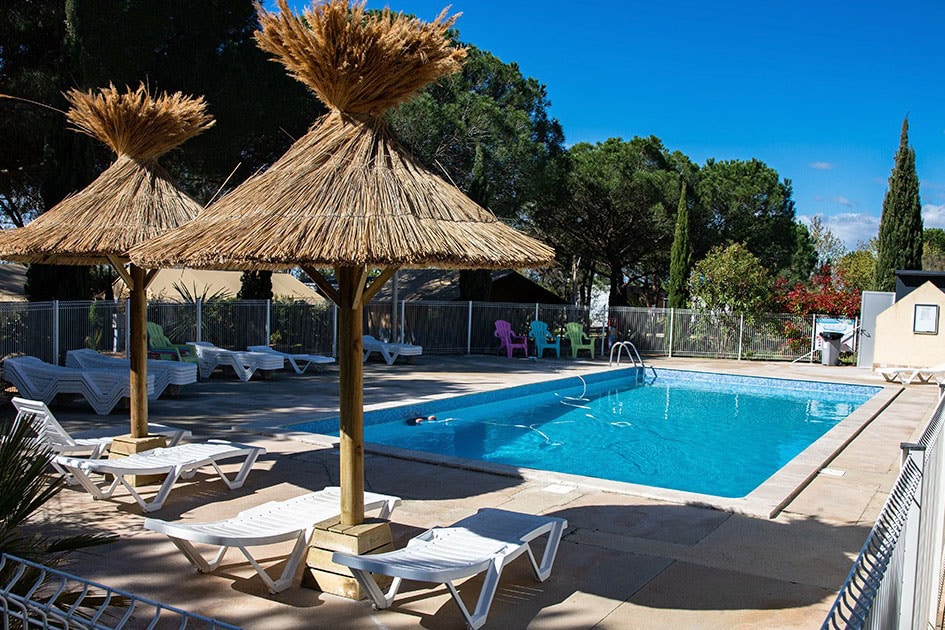
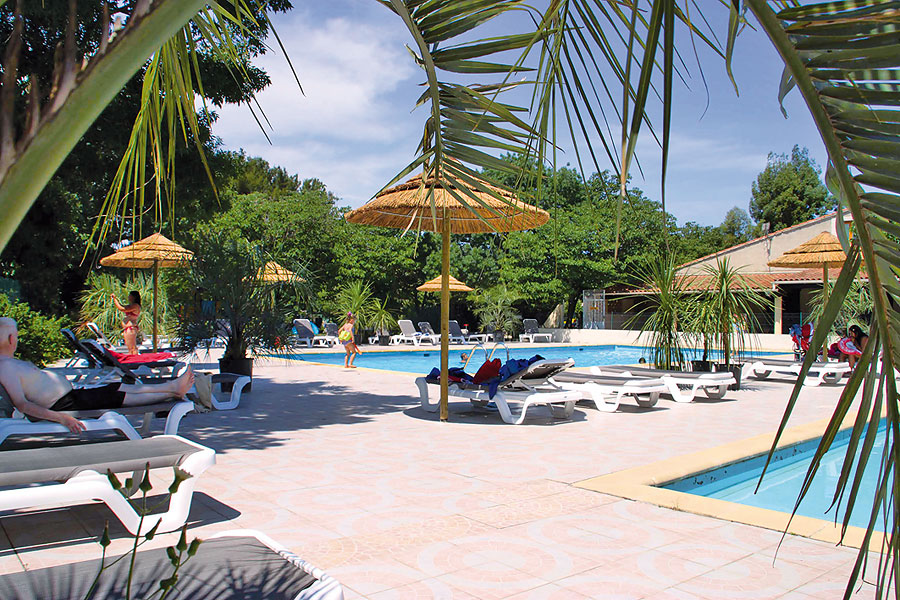
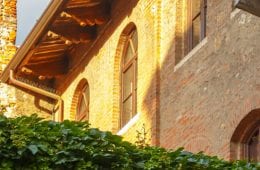
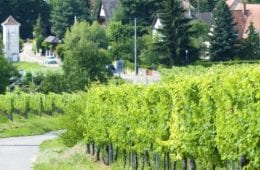
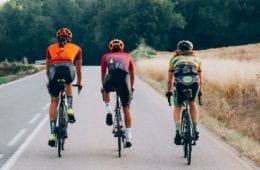





Latest comments